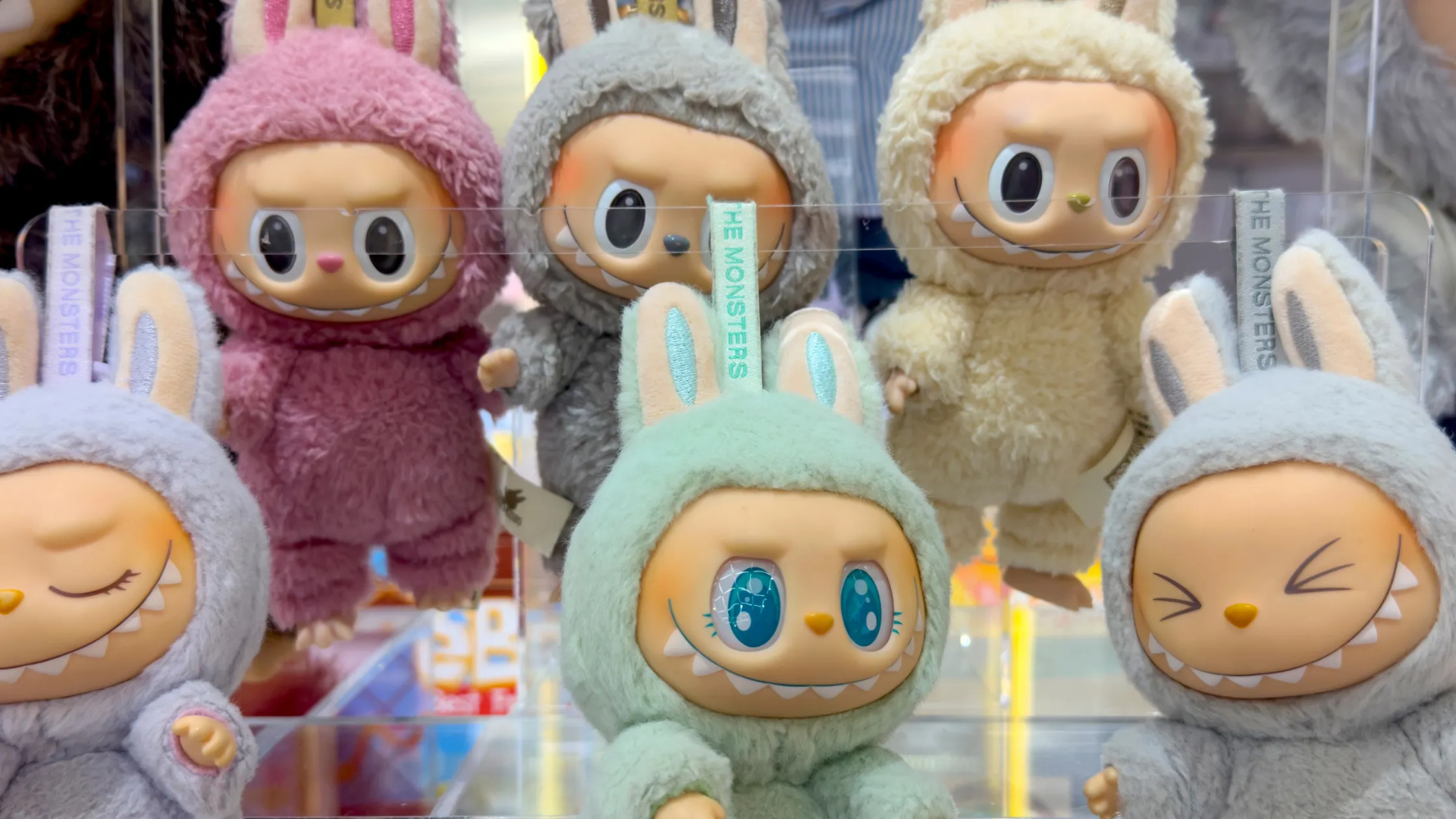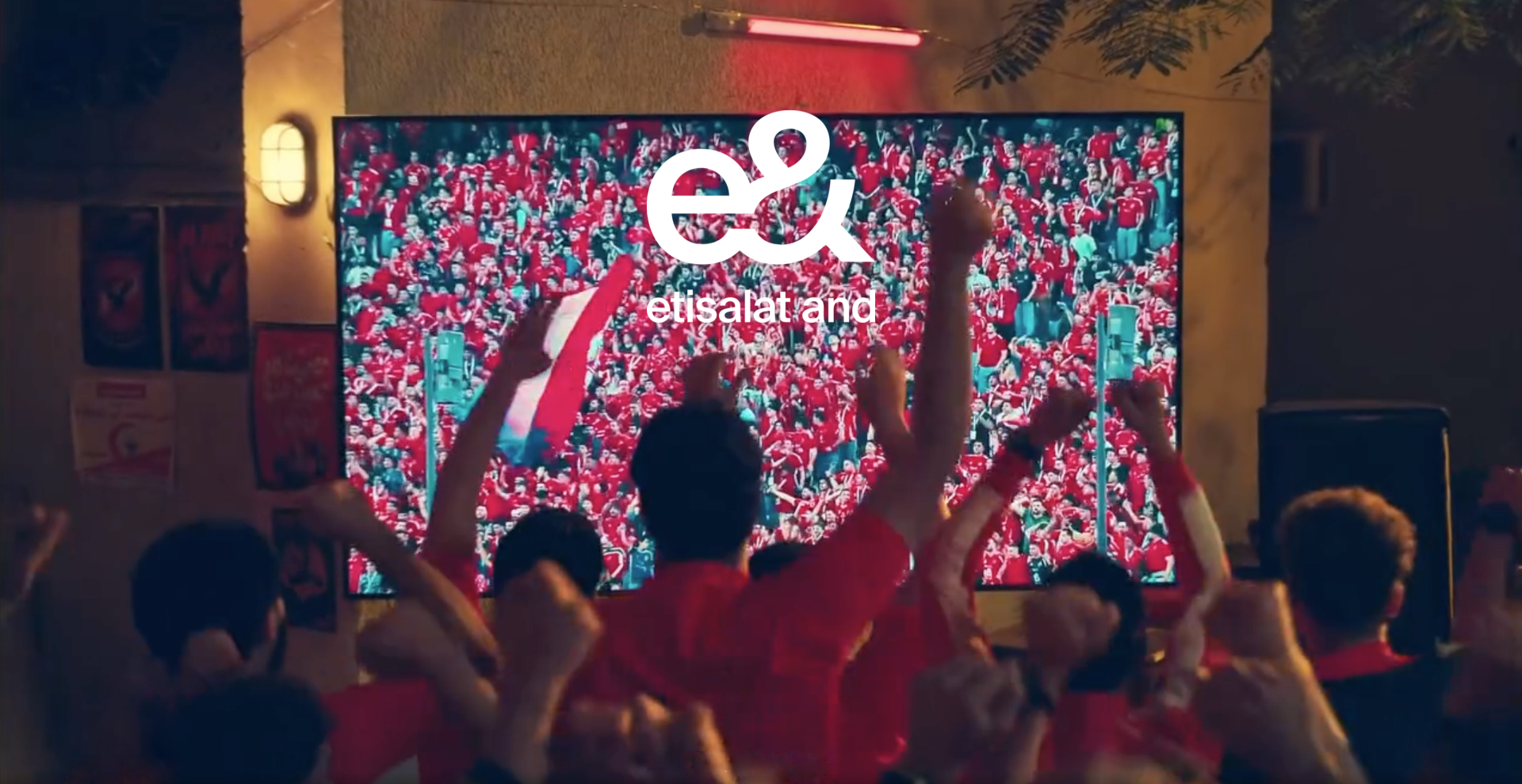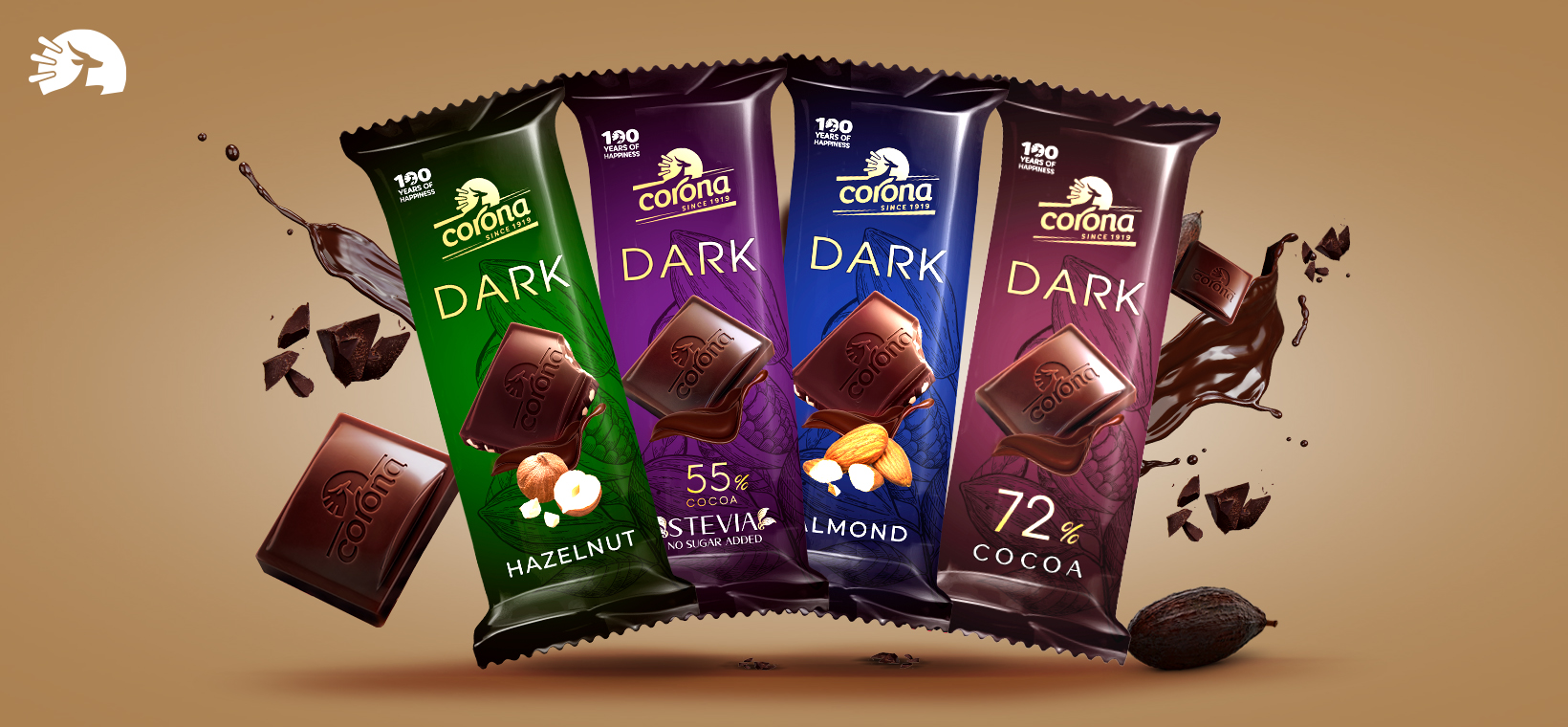Why Is Labubu So Popular? A Branding Perspective
In the dynamic realm of consumer products, few phenomena have captured the Contemporary branding strategy spirit quite like Labubu. Born from the vivid imagination of Hong Kong-born, Netherlands-raised artist Kasing Lung, Labubu first appeared in his 2015 illustrated series The Monsters, drawing influence from Northern European folklore. Yet what began as an artistic concept evolved, through visionary branding and strategic partnerships, into a cross-cultural icon, especially beloved by Generation Z.
Unique & Expressive Design: Aesthetic That Defies Convention
One of Labubu’s greatest branding strategy & brand equity lies in its distinctive visual identity. With sharp, fang-like teeth, wild spiky hair, and impish, gleaming eyes, Labubu straddles the line between cute and eerie, creating a sense of playful rebellion that appeals to youth culture. This expressive, almost mischievous look sets it apart in the highly saturated designer toy market. The deliberate asymmetry and hand-drawn style add an artisanal feel, reinforcing its image as a collectible piece of art, not just a toy. This uniqueness is crucial in a market where individuality and self-expression are primary consumer values.
Artist’s Reputation: The Cult of Kasing Lung
Kasing Lung’s established name in the urban vinyl and art toy scene serves as a foundational pillar for Labubu’s credibility. Lung is not merely a designer but a storyteller and illustrator revered for his distinctive emotional tone, at once whimsical and slightly melancholic. His fans form a loyal base that initially carried Labubu from niche appreciation to mass appeal. Lung’s background in children’s books and illustrative arts infuses each character with emotional narrative depth, elevating Labubu from commodity to cultural artifact.
Collaborations & Hype: Amplifying Reach Through Strategic Alliances
Labubu’s fame skyrocketed through its collaboration with Pop Mart, a major Chinese toy company known for cultivating pop culture phenomena like Molly and Skullpanda. This partnership transformed Labubu into a blind box collectible, drawing fans into an ecosystem of mystery and exclusivity. Limited-edition releases, crossovers within the Pop Mart universe, and thematic series (e.g., Forest Fairies, Labubu Rangers) create anticipation that fuels both primary and secondary market activity. These collaborations not only broaden exposure but solidify Labubu’s place in a shared universe of collectible culture.
Engineered Scarcity and the Blind Box Obsession
At the heart of Labubu’s allure is Pop Mart’s blind box sales mechanism. Fans buy sealed packages without knowing which figure lies inside, instilling suspense, encouraging repetition, and nurturing a thrill-based purchasing habit. This engineered scarcity generates powerful FOMO (Fear of Missing Out) and drives demand for full sets and rare editions. It also catalyzes a thriving resale economy, where certain Labubu figures fetch prices upwards of £1,000. This model leverages exclusivity as a core branding strategy, ensuring sustained interest and continual buzz.
Mysterious & Mischievous Vibe: Building a Lovable Trickster
Labubu isn’t just a toy, it’s a character with personality. This is a powerful branding strategy & brand equity that is branded as a playful, mysterious creature with trickster traits, Labubu appeals to the part of human psychology that enjoys whimsy and unpredictability. Its backstory, full of folklore-inspired mischief and gentle chaos, gives collectors more than a product, it gives them a relationship. This lore infuses the figure with emotional nuance, encouraging fans to project their own narratives and interpretations onto it, which fuels repeat engagement.
Premium Craftsmanship: Quality as Brand Equity
Beyond design and storytelling, Labubu’s tactile quality enhances its brand value. Made with impressive attention to detail, from smooth finishes to vivid paint applications, Labubu figurines exude craftsmanship that bridges the gap between mass-produced toy and artisanal sculpture. This quality reinforces the perception that Labubu isn’t just “cute”, it’s worth owning, displaying, and preserving.
Resale Value: The Status of Scarcity
The high resale value of certain Labubu figures adds a layer of economic desirability to the emotional appeal. Scarce and retired editions are hot commodities on platforms like StockX, Taobao, and specialized Facebook groups, often selling for hundreds or thousands of dollars. This investment potential transforms Labubu into a luxury collectible, bolstering its image as a status symbol, particularly among youth who use aesthetic possessions as identity signifiers.
Celebrity Endorsements: Cultural Validation Through Influence
Branding strategy & brand equity power multiplies when validated by cultural icons. BLACKPINK’s Lisa, a Gen Z idol, has publicly endorsed Labubu via her personal social media, triggering viral waves of interest across Southeast Asia. Other global celebrities like Rihanna and Dua Lipa have been spotted with Labubu charms, accessories, or limited edition figures. These endorsements are not paid advertisements, they are authentic expressions of admiration, adding credibility and expanding the toy’s global cultural cachet.
Community and Digital Belonging: Turning Fans into Tribes
Pop Mart has cultivated not just consumers, but an active fan culture around Labubu. Platforms like TikTok, Instagram, and Xiaohongshu are filled with unboxing videos, collection showcases, and fan art. In places like Vietnam and Thailand, dedicated Facebook communities have hundreds of thousands of engaged users. This organic user-generated content enhances visibility while fostering a sense of shared identity among collectors. It’s not just about owning Labubu, it’s about belonging to Labubu’s world.
Strategic Global Expansion & Localization
Recognizing Labubu’s universal appeal with its Contemporary branding strategy. Pop Mart has aggressively pursued international expansion. The brand now operates physical retail spaces across the U.S., U.K., Australia, and Southeast Asia. In Thailand, Labubu has even been integrated into national tourism campaigns and themed retail zones, showing how a niche product can evolve into a cultural ambassador. Each regional adaptation reinforces Labubu’s flexibility and cultural adaptability, traits crucial for global branding success.
Cross-Industry Collaborations: Fashion Meets Fantasy
Labubu has also penetrated industries beyond toys through synergistic brand alliances in fashion, cosmetics, and lifestyle products. These co-branded items, ranging from hoodies to makeup palettes, introduce Labubu to consumers who may not be collectors but are style-conscious and brand-loyal. These crossovers position Labubu as not just a character, but a lifestyle emblem, living at the intersection of art, fashion, and identity.
Labubu’s Journey from an Artistic Concept
Labubu’s journey from an artistic concept to a global icon offers a powerful blueprint for brand strategy in dynamic markets like Egypt, particularly in engaging its digitally native Gen Z. The brand’s success hinges on a sophisticated strategy that leverages platforms like TikTok and Instagram through user-generated content and authentic celebrity endorsements, a model highly relevant for influencing Egyptian youth who are heavily reliant on social media and influencer trends. For distribution, a hybrid approach combining e-commerce with physical retail, much like Pop Mart’s global expansion, could replicate the “blind box” thrill and foster community in Egypt. Crucially, successful brand strategy in Egypt necessitates localization; just as Labubu integrated into Thai tourism campaigns, brands can forge connections with local artists or cultural events to resonate with Egyptian heritage. Finally, the strategic use of engineered scarcity and high resale value, which has elevated Labubu to a luxury collectible globally, can be adapted for the Egyptian market through limited editions and fostering a legitimate secondary market, catering to the universal desire for exclusivity and perceived value.
The Labubu Legacy: A Case Study in Emotional Branding
Labubu’s meteoric rise encapsulates the alchemy of modern branding, where storytelling, aesthetics, scarcity, and cultural relevance converge. What makes Labubu so popular is not just its design or rarity but its ability to make people feel something. It invites them into a world that is visually rich, emotionally textured, and socially validated.
By artfully blending artistic authenticity, strategic partnerships, and fan-driven community, Labubu has become more than a collectible. It is a mirror of Contemporary branding strategy consumer desire, and a blueprint for how a product can evolve into a beloved, global brand.



